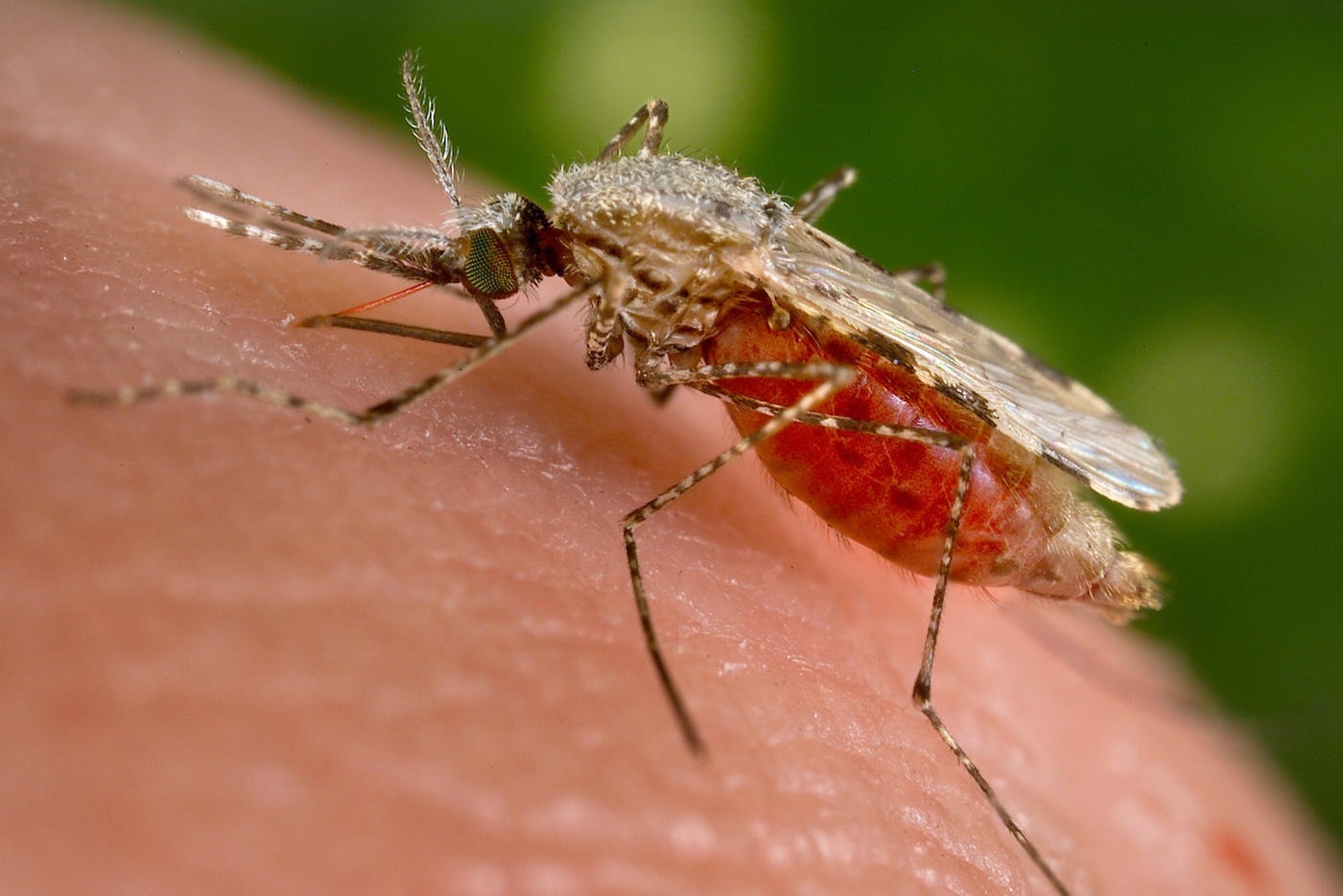According to a recent study, people in ancient Eastern Arabia seem to have been resistant to malaria once agriculture was established in the area about 5,000 years ago.

Image Credit: University of Birmingham
Three samples had the malaria-protective G6PD Mediterranean mutation, which was discovered through a DNA study of the bones of four people from Bahrain during the Tylos period (300 BCE to 600 CE), the first ancient genomes from Eastern Arabia.
The identification of the G6PD Mediterranean mutation in ancient Bahrainis raises the possibility that a large number of the prehistoric inhabitants of the area were protected from malaria. According to the study, the G6PD mutation is found in the Emirates at the highest frequency among the currently-analyzed populations.
Researchers have found evidence of ancient tribes from Anatolia, the Levant, and the Caucasus/Iran among Bahrain's Tylos-period residents. The four Bahrainis shared higher genetic similarities with modern people from Iraq and the Levant than with Arabians.
Experts from Liverpool John Moores University, the University of Birmingham Dubai, and the University of Cambridge worked with the Bahrain Authority for Culture and Antiquities and other Arabian institutes such as the Mohammed Bin Rashid University of Medicine and Health Sciences, Dubai, as well as research centers in Europe, including Université Lumière Lyon 2, Trinity College Dublin, and others. The group published the research findings in the journal Cell Genomics.
According to our estimates, the G6PD Mediterranean mutation rose in frequency around five-to-six thousand years ago - coinciding with the onset of agriculture in the region, which would have created ideal conditions for the proliferation of malaria.”
Rui Martiniano, Study Lead Researcher, John Moores University
No ancient DNA from Arabia has been sequenced to date due to poor ancient DNA preservation in hot and humid conditions, which makes it impossible to examine the genetic genealogy of its former populations directly.
By obtaining the first ancient genomes from Eastern Arabia, we provide unprecedented insights into human history and disease progression in this region. This knowledge goes beyond historical understanding, providing predictive capabilities for disease susceptibility, spread, and treatment, thus promoting better health outcomes.”
Marc Haber, Associate Professor, University of Birmingham
Fatima Aloraifi said, “The rich population history of Bahrain, and more generally of Arabia, has been severely understudied from a genetic perspective. We provide the first genetic snapshot of past Arabian populations – obtaining important insights about malaria adaptation, which was historically endemic in the region.”
Our study also paves the way for future research that will shed light on human population movements in Arabia and other regions with harsh climates where it is difficult to find well-preserved sources of DNA.”
Salman Almahari, Director, Antiquities and Museums, Bahrain Authority for Culture and Antiquities
Researchers were able to characterize the genetic makeup of the pre-Islamic inhabitants of the region through the investigation of the bones of the four individuals. These insights were discovered through data that could only have been obtained by directly examining ancient DNA sequences.
Archaeological collections kept at the Bahrain National Museum provided the ancient human remains that researchers collected. Only four of the 25 people whose DNA they extracted had higher coverage sequencing because of inadequate preservation.
Richard Durbin, from the University of Cambridge, who supervised the project, said, “It is exciting to have been able to analyze ancient human genetic data from the remarkable burial mounds of Bahrain. We would like to thank our colleagues in the Bahrain Authority for Culture and Antiquities for their support and contributions.”
While the DNA ancestry of Bahrain's Tylos-period inhabitants corroborates archaeological evidence of interactions between Bahrain and neighboring regions, the finding of malaria adaptation agrees with archaeological and textual evidence suggesting malaria was historically endemic in Eastern Arabia.
Source:
Journal reference:
Martiniano, R., et al. (2024) Ancient genomes illuminate Eastern Arabian population history and adaptation against malaria. Cell Genomics. doi.org/10.1016/j.xgen.2024.100507.